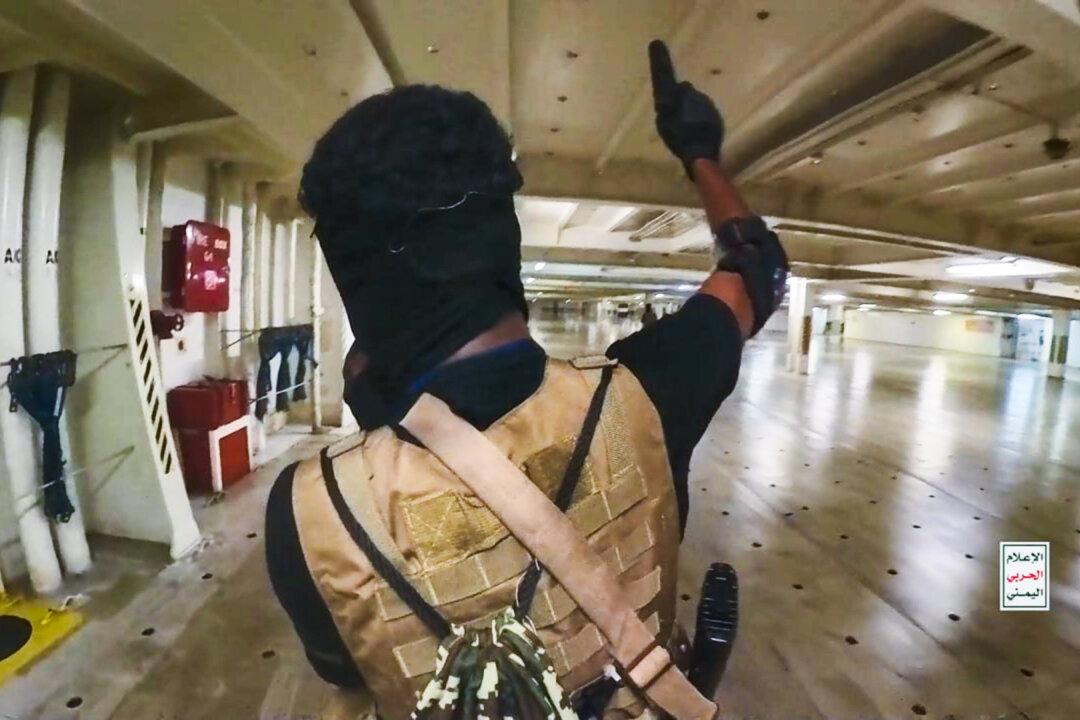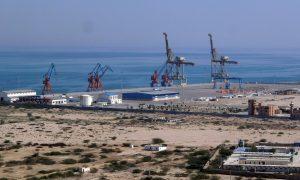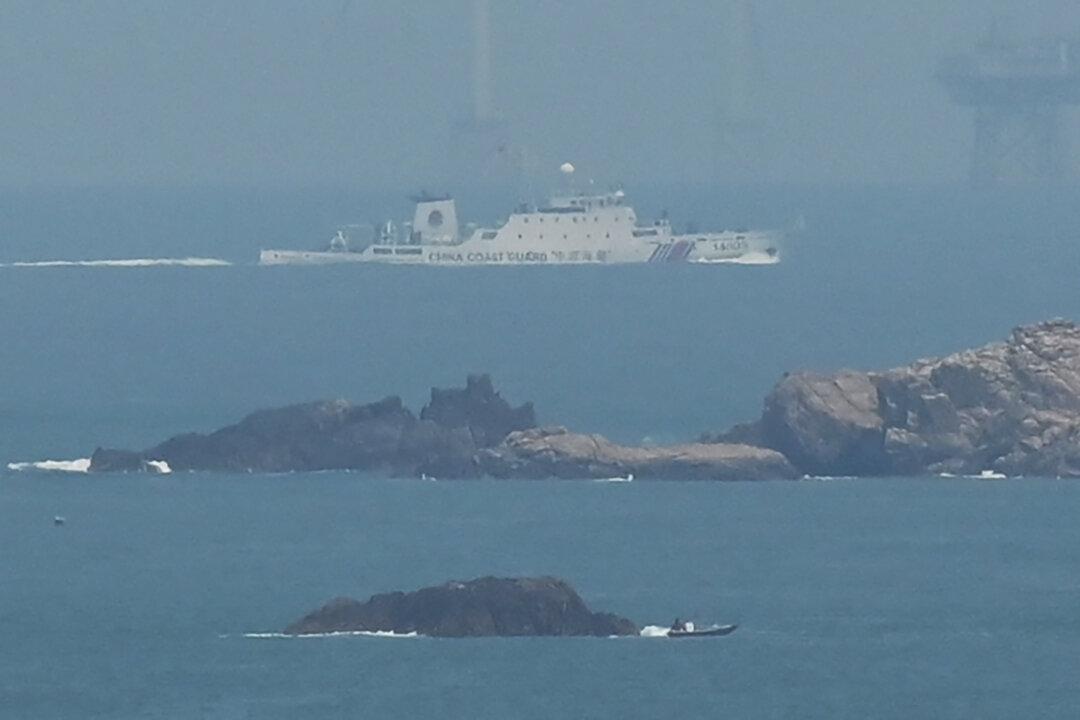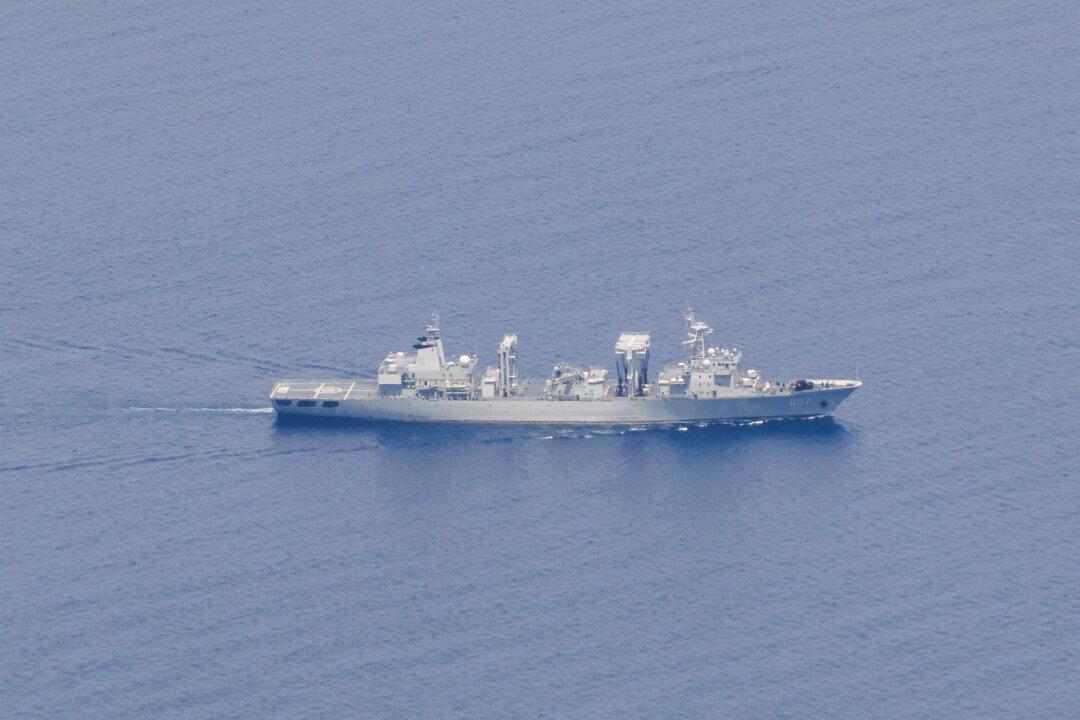Commentary
The dots of sub-regional conflicts in the Middle East are now connecting as a concerted and coordinated campaign to drive the United States and Israel out of the Middle East.
It started on Oct. 7, 2023, with the deadly Hamas sally forth from multiple pre-planned breach points into Israel. American base camps in Iraq and Syria—shut down by former President Donald Trump after defeating ISIS,
Abu Bakr al-Baghdadi, and
Qassem Soleimani—have been reopened by the Biden administration and are now under regular attack with
multiple American service members and contractors being wounded. Seeing everything in play, this appears to be a coordinated action with the possible end state of a Middle East without an American presence.
Raging Naval War in Red Sea, Gulf of Aden
Starting on Nov. 19, 2023, with the
seizure of the Galaxy Leader, an empty car carrier transiting the Red Sea, a second sub-regional conflict broke out. This has rapidly expanded into a broader war against merchant shipping in additional areas, including the Gulf of Aden, the Arabian Sea, and even the broader Indian Ocean, with the
CMA CGM Symi being struck close to India with a cruise missile fired from Iranian territory.
This is the broadest and most aggressive onslaught against merchant vessel traffic since the Battle of the North Atlantic in World War II. Xiao Yunhua, a professor at the People’s Liberation Army National Defense University, implicated the Chinese Communist Party’s (CCP) strategy by saying the quiet part out loud and
complimenting the Houthis of Yemen for blocking Western supply chains.
The American-orchestrated Operation Prosperity Garden started out a bit roughly, with several nations not wanting to participate, protecting only their own merchant vessels, or not wanting to be publicly acknowledged. The attacks continued from November and included multiple shootdowns of drones, cruise missiles, and “ballistic” missiles, targeting merchant vessels, Western warships, and some heading toward Israel. On Jan. 11, the
first airstrikes on Yemeni territory commenced.
The Houthis seemed unfazed and continued to launch and fire ordnance to hit merchant traffic despite a growing number of airstrikes. The
U.S. Central Command’s Twitter account is becoming the focal point for attempting to track the daily shoot-outs. The American, British, French, Indian, Dutch, Australian, and other navies have performed heroically and remarkably well. Still, they are expending high-end ordnance and missiles at a quickening pace, which in many ways benefits the Iranian and Chinese agendas.
A faster and more cost-effective counter-air capability is needed. Long-discussed laser self-defense capabilities are
not yet mature enough and deployed pervasively. Key warships, like the
USS Gravely, still show that long empty forward position for a close-in weapons system. The U.S. Navy finds its warships in a situation similar to the early days of World War II, where pre-war anti-aircraft armament failed to keep up with the Japanese air frenzy. Shortly, American Navy ships bristled with 20 mm, 40 mm, 5-inch cannons, and many other forms of armament.
Iran Targets US Base Camps With Ballistic Missiles
Broadening the conflict, Israel is regularly striking into Lebanon at Hezbollah targets and has meted out decisive punishment to Iranian senior advisers in Syria,
including a high-ranking Iranian general. Shortly after that, in Iran,
during an event marking the fourth anniversary of the death of Soleimani, the head of the Revolutionary Guard’s elite Quds Force killed by American forces in 2020, two bombs detonated, resulting in over 100 casualties. It’s unclear who set the bombs at the gathering, but these events brought the expanding conflict directly to Iranian leadership and the Iranian homeland.
Iran has now fired ballistic missiles from Iranian territory at
U.S. base camps in Erbil, Iraq, and also from inside Iraq at the major U.S. operating base in Al Asad, close to the Syrian border. Earlier in December,
multiple short-range rockets were fired at the U.S. Embassy in Baghdad, with no injuries reported.
Iraq is now seeking the departure of Americans and their base camps. Iran has now included nuclear-capable Pakistan as a recipient of its missiles—a very bad omen for the next phases of the growing sub-regional battlefronts in the broader Middle East.
Where Is This Headed?
There appears to be no slowing of the attacks/counterattacks across the Middle East. The battle in
Gaza seems to be winding down. Israeli forces will likely move into a temporary reset phase as they implement a plan for dealing with Gaza, but then also pivot toward the longer, worldwide campaign to hunt down Hamas. Inflicting punishment on Iran will likely continue to be part of the equation as part of strategic deterrence and inflicting cost on Iran, given its role as the regional coordinator for Hamas, Hezbollah, Houthi, Somali, and others. The war on worldwide supply chains in the Red Sea to block and deter the use of the Suez Canal is continuing unabated.
A decisive articulation of the American/Coalition objectives, ends, ways, and means is necessary post haste to establish the end state desired. Being very good at swatting down Houthi missiles is noteworthy, but not an end state, and only emboldens the Iranian regime to open new and different fronts in this expanding regional conflict.
In 1938, most would not have recognized a world war was on the precipice, and the world situation was simply a number of regional conflicts. It took 1939 to connect the dots and establish that a world war was in progress. With expanding conflict in the Middle East as well as other hot flashpoints in Europe, Asia, the Americas, and even domestically, we may be at that 1938 moment.
Views expressed in this article are opinions of the author and do not necessarily reflect the views of The Epoch Times.







